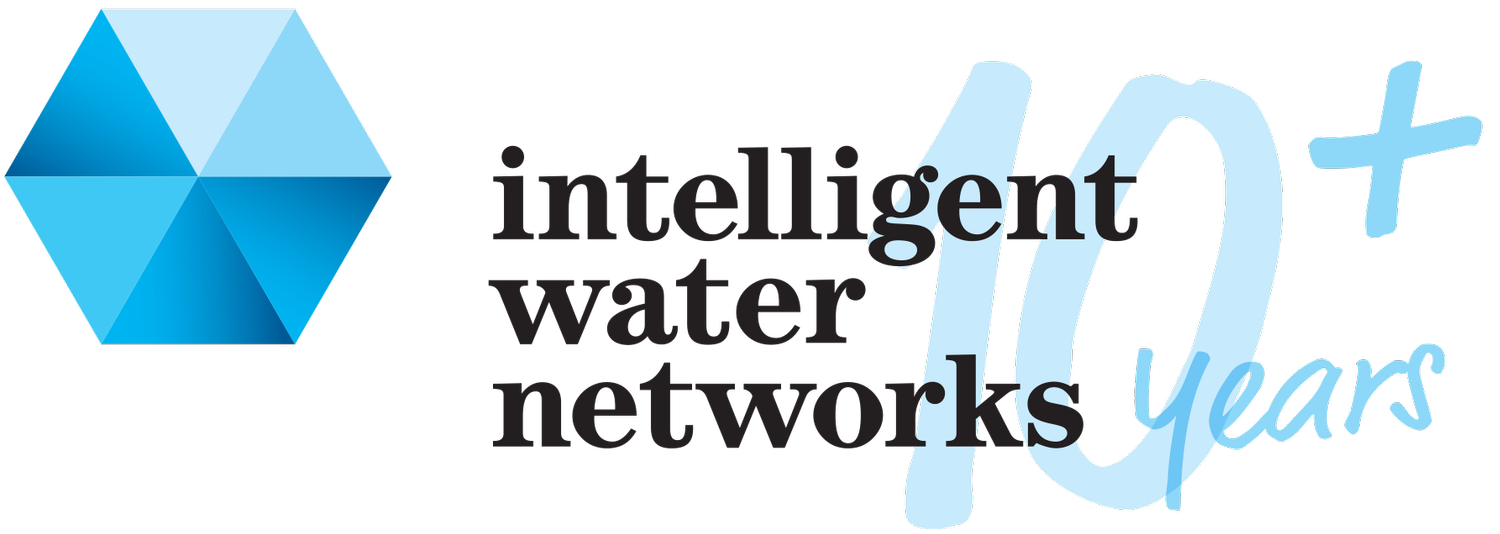Hydrovation project: Westernport Water's wetland restoration
Meg Humphries from Westernport Water has put forward a project idea for the Hydrovation Challenge. Here is a video and some information about her idea that will presented to the Eastern regional judging panel.
What are the aims of the project?
The project aims to see if it is feasible to restore a wetland filled with recycled water at a site currently in poor condition. The project will assess if a restored wetland can store carbon providing offset opportunities and an overall net sink for carbon.
What benefits will this project create?
There will be multiple benefits such as improved biodiversity, habitat, water quality, social benefits (if the site is made accessible to the public) and improved scientific understanding of the capacity to store carbon in water, which is an emerging area of research. If it is possible to provide a net sink for carbon in the wetland and limit leakage of methane, the wetland could also potentially offset the fugitive emissions generated from the wastewater treatment plant providing a real avenue to assist in the site becoming carbon neutral. In addition, the project provides the opportunity to bring together multiple partners for a shared outcome, such as addressing a priority waterway for sediment reduction in the Melbourne Waterway Strategy to providing an important research site for ongoing quantification of teal carbon storage in freshwater wetlands through partnership with the Blue Carbon Lab – Deakin University.
Is this project unique, and if so, what makes it unique?
The project is unique in that it addresses multiple challenges faced by the water industry and provides diversity within the water sector for exploring a new avenue for carbon offsetting through carbon storage in water. There are currently two carbon offsetting projects in Victoria, both of which have used tree plantings. There are no examples known to the author to date, that have specifically investigated the opportunity to use recycled water to restore or rehabilitate a wetland with the design aim for the system to not only provide biodiversity and ecological value, but to also capture and store carbon in the process. There is currently no accredited methodology for carbon sequestration in blue carbon (carbon stored in water), however the Australian Government are currently working on a blue carbon offset methodology under the Emission Reduction Fund. This work could provide a valuable contribution toward this effort.
Who are the project stakeholders?
The Environment and Product Quality Team at Westernport Water are driving the project with support from Wastewater Treatment Plant staff. The project is in its early stages, however we anticipate partnering with the Blue Carbon Lab – Deakin University, Melbourne Water, Western Port Catchment Management Authority, DELWP, Clean Energy Regulator, local community and traditional owner groups for the delivery of the project.
You talked about the project addressing key, common, challenges within the water sector. What are those?
The project addresses four key challenges. Firstly, the common challenge in managing recycled water from wastewater treatment plants, particularly those with limited discharge options, suitable land for irrigation or land availability.
Secondly, the innovation required to find ways for water corporations to become carbon neutral by 2050. Wastewater management is the largest emitter of greenhouse gas emissions from water corporation emission profiles.
Thirdly, the challenge in meeting Water for Victoria obligations such as ‘Recognising Recreational Values’ and ‘Recognising and Managing for Aboriginal Values’. While recycled water is not suitable for traditional, cultural practices the opportunity to restore the land to what it once was pre-European settlement and provide access to the community to enjoy the site offers a real opportunity toward meeting some of these obligations.
Lastly, changes in land use and water flow have significantly degraded wetlands and the ecosystem services they provide. When wetlands become degraded they change from a being a sink for carbon and instead begin to release much of their stored carbon into the atmosphere.
This project could address a small part of this issue through appropriate wetland design and management and to overall enhance the environment while sequestering carbon.
